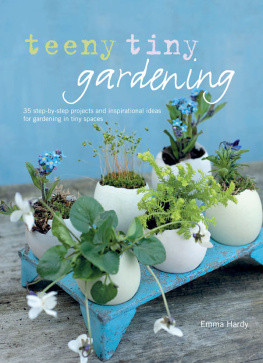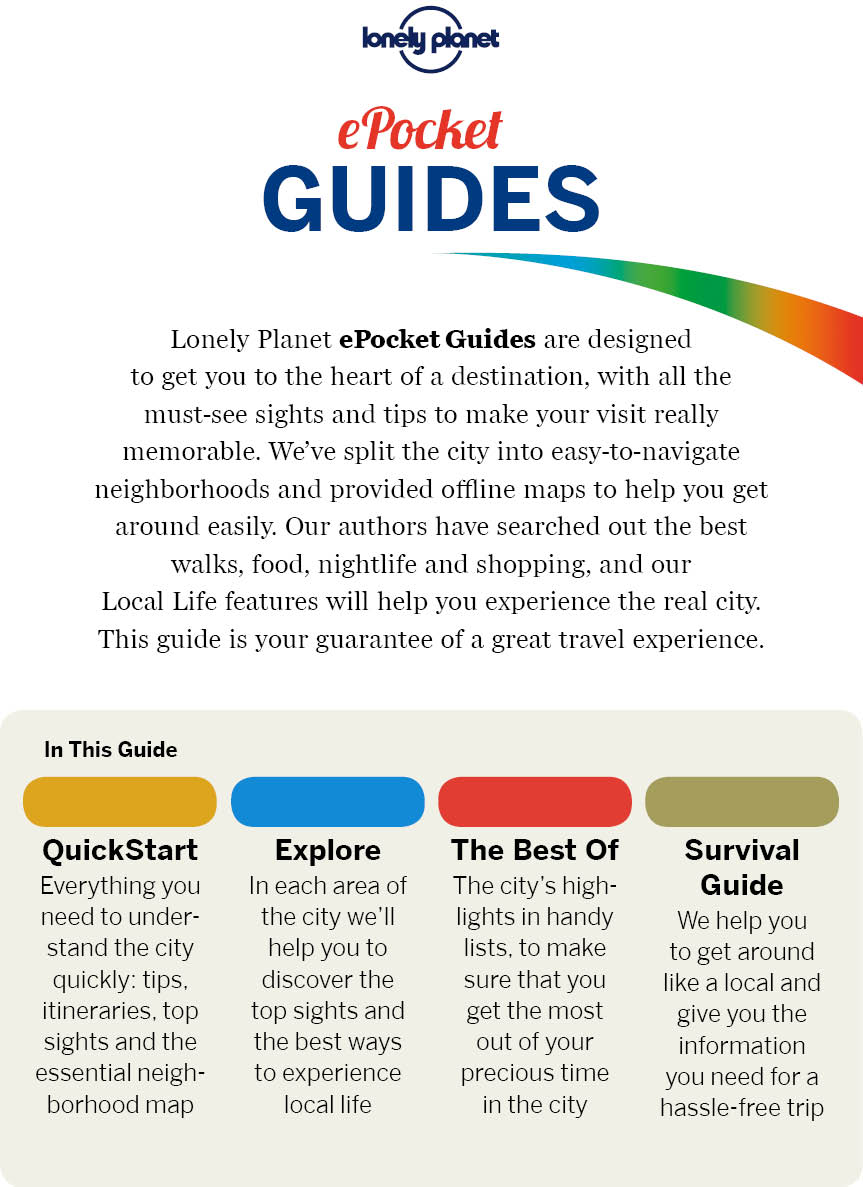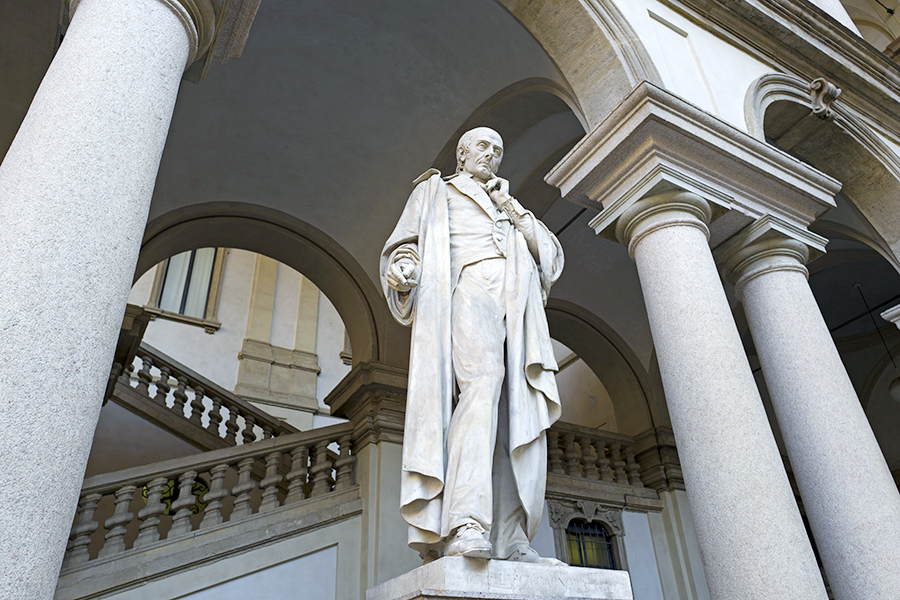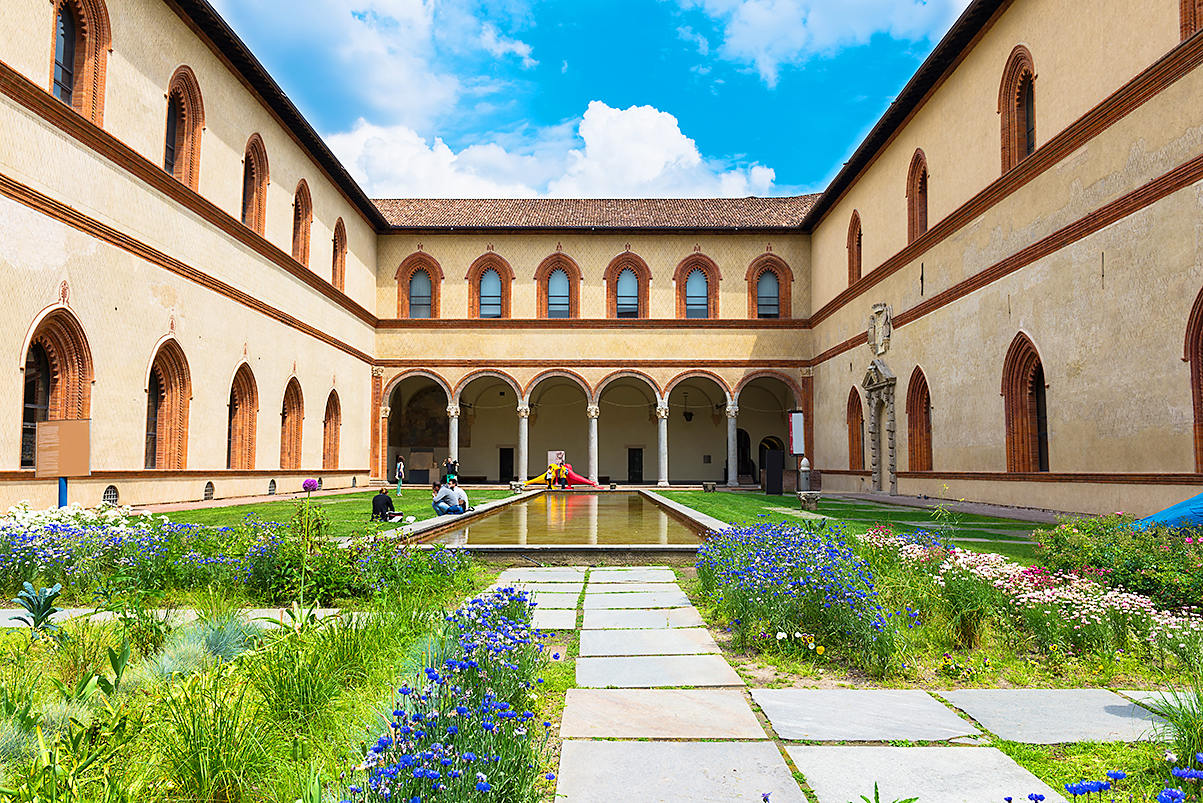Welcome to Milan
Milan is Italys city of the future, a fast-paced metropolis where creativity is big business. From cutting-edge design to creative dining and a sidewalk scene that makes Fashion Week seem redundant, Milan is both thrilling and fun. Everyone here is fizzing with ideas and ambition, and its catching. Unlike nonnas Italy further south, the Milanese, like New Yorkers, are refreshing modernists. The main currency here isnt the euro or amazing design gadgetry its inspiration.
| DENZEL9/SHUTTERSTOCK
MilanTop Sights
With its ageless marble facade and countless pinnacles and spires piercing the sky, Milans splendid Gothic cathedral is a veritable outdoor sculpture museum.
SHINKAJI/SHUTTERSTOCK
Milan Top Sights
Saved from WWII bombs by a bank of sandbags, Leonardo da Vincis Last Supper (Il Cenacolo) is one of the worlds most iconic images.
YURI TURKOV/SHUTTERSTOCK
Milan Top Sights
Founded in the 18th century, the Pinacoteca houses a priceless collection of Old Masters that include the likes of Titian, Veronese, Bellini and Caravaggio.
PAOLO BONA/SHUTTERSTOCK
Milan Top Sights
Milans stunning collection of 20th-century art is fittingly housed in the rigorous, Fascist-era Palazzo dellArengario.
CLAUDIO DIVIZIA/SHUTTERSTOCK
Milan Top Sights
Former residence of the dukes of Milan, Sforza castle is one of the biggest citadels in Europe. It now houses the citys civic museums.
CATARINA BELOVA/SHUTTERSTOCK
Milan Top Sights
Poldi Pezzolis historically themed apartments offer a preserved-in-amber insight into the heyday of 19th-century patronage.
LESTERTAIR/SHUTTERSTOCK
Milan Top Sights
In Lake Maggiores most beautiful corner, the Borromean Islands harbour the spectacular palaces of the Borromeo family.
ANTON_IVANOV/SHUTTERSTOCK
Milan Top Sights
Dedicated to inventor Leonardo da Vinci, Italys finest science and technology museum is housed in a 16th-century Olivetan monastery.
VIKTOR GLADKOV/SHUTTERSTOCK
Eating
Milans dining scene is like its fashion scene, with restaurant openings hotly debated and Michelin-starred tables hard to come by. Milanese cooking is influenced by French and Austrian traditions, in addition to which the city offers a wealth of regional Italian and ethnic eateries. Make reservations Friday through Sunday.
KOKOPHOTOS/SHUTTERSTOCK
Food History
Northern Italian food is city food originating from one of the richest urban cultures on the planet. Peasants may have toiled in the fields, but they rarely had the means to eat anything more exciting than wild garlic, greens and polenta. The people with the real knowledge to transform the countrys growing abundance of ingredients were the inhabitants of wealthy cities like Milan. As Venetian and Genoese sailors offloaded their cargoes of spices, sugar, saffron, fruit, citrus and nuts from around the Mediterranean, so traders distributed them via northern Italys navigable network of rivers. Powerful clans like Milans Sforzas competed for a slice of the profits, taxing trade and patronising the best cooks of the day. It was in this competitive commercial environment that Italys great cuisine was born.
Foreign Flavours
Milans generations of internal Italian immigrants have injected the cuisine of virtually every region into the lifeblood of the city, where youll often find Genovese, Piedmontese and Tuscan dishes sharing menu space with local Lombard classics. As well as the food of these near neighbours, Milans increasingly diverse global population is also reflected in the citys eating habits. Unusually for Italy, Japanese and Chinese restaurants are commonplace and the cuisines of India, the Middle East, sub-Saharan Africa and, most recently, Latin America are all represented.
Best Milanese
A native Milanese chef turns out some of the citys best local cuisine.
A classic family concern dishing up Milanese home cooking.
Old-school restaurant in a pretty cobbled street.
The oldest panzerotti (savoury pastry) take-away in the city.

































